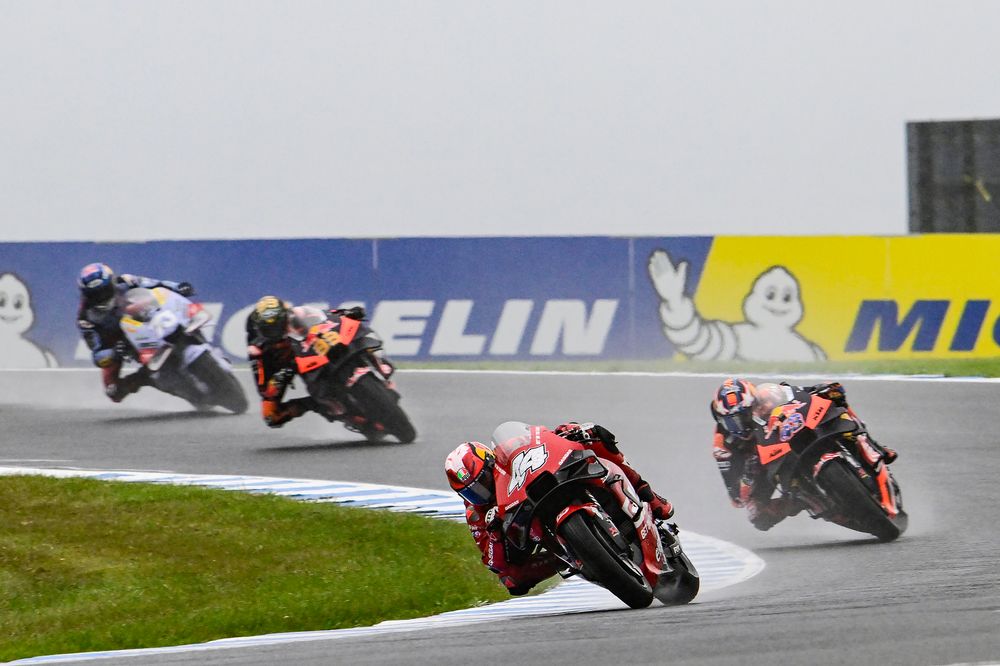Forward thinking by MotoGP and the organisers of this year’s Australian Grand Prix has effectively saved what turned out to be a spectacular race in the face of fairly substantial odds against it.
A Friday decision to switch Saturday’s sprint race with Sunday’s main event proved very much justified as time went on and the weekend’s extreme weather forecast came to pass.
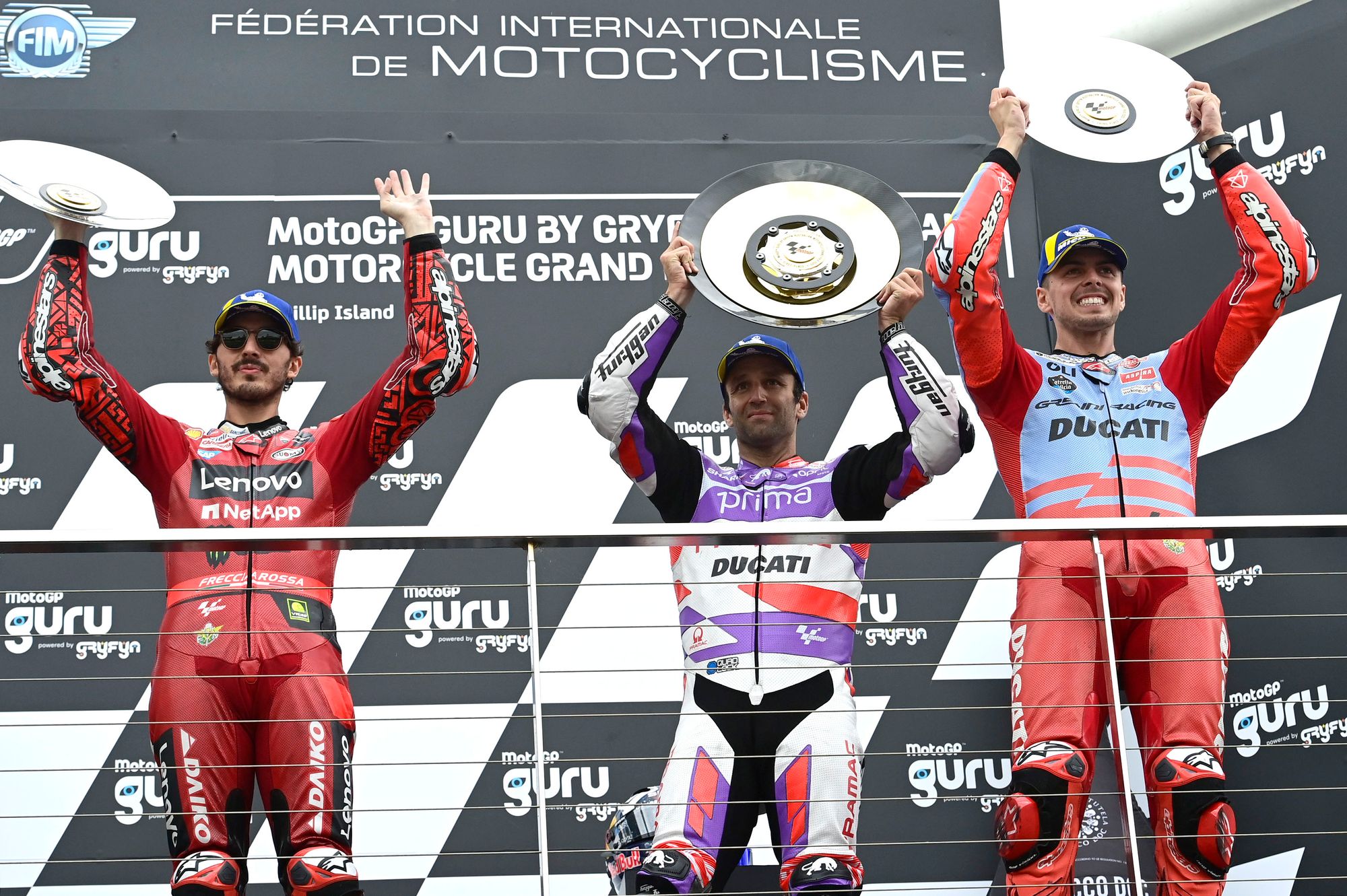
With it evident early in the week that, despite initial blue skies and sunshine, things were going to take a turn for the worse with high gusting winds forecast to hit Phillip Island on Sunday just around the time the main event was supposed to go ahead, prompt action from the organisers to alternate MotoGP’s two races (and eventually sacrifice only the shorter of them) was the correct one in the end.
The incoming weather was well-known before the weekend’s action even got underway, with Johann Zarco the first rider to suggest the eventual switch to Saturday and Sunday’s schedule - arguably always with a strong possibility that it wouldn’t go ahead.
In the end, that’s exactly what happened, with the Moto3 race able to go ahead but Moto2 halted after only nine laps and the day’s action called off shortly after as the conditions at the seaside circuit continued to decline.
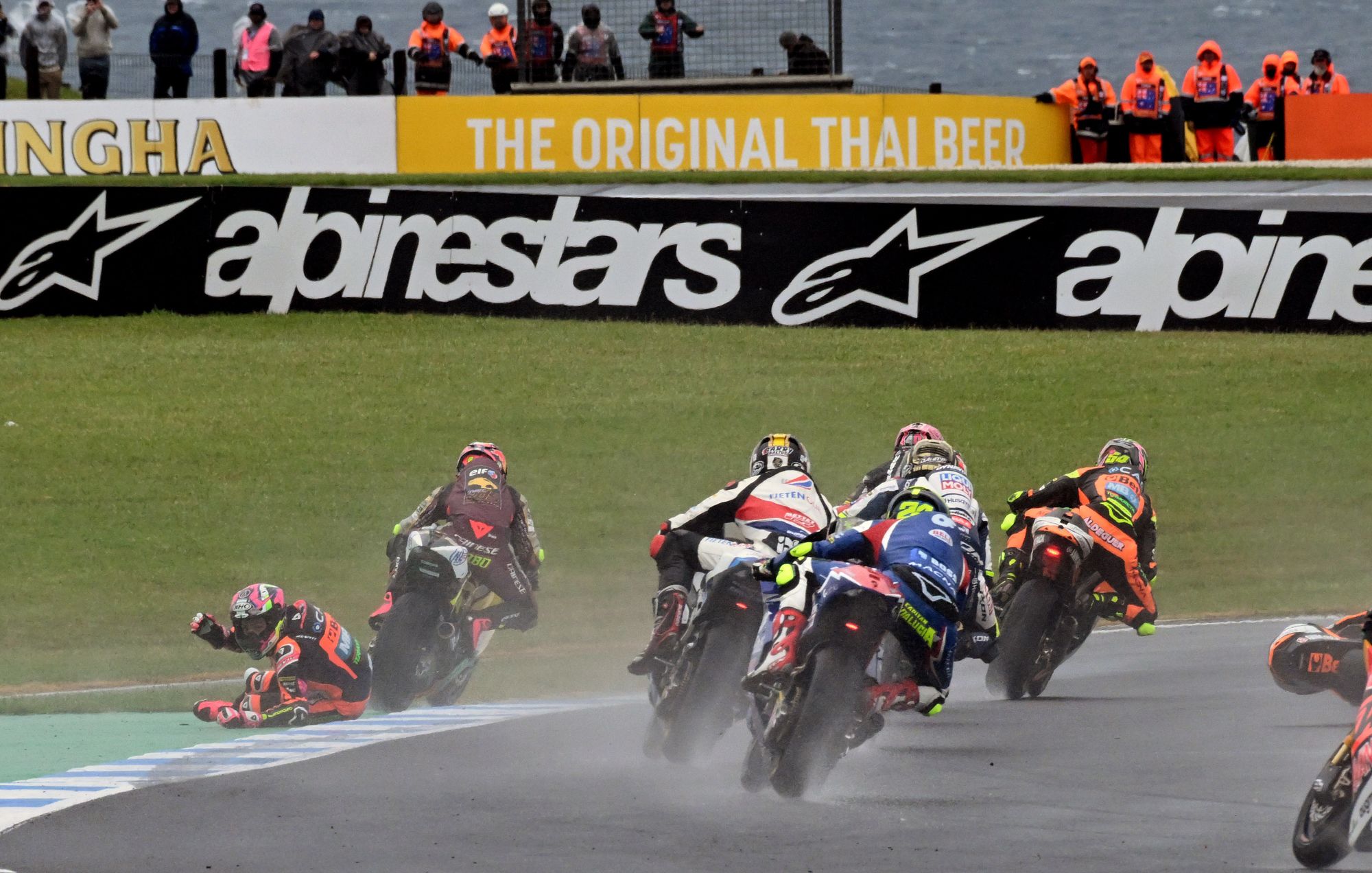
“We had no choice,” veteran race director Mike Webb told the media afterwards. “We knew what the forecast was, and - strangely for here - it’s been consistent all week. We knew this was going to happen on Sunday, which is why we changed the race, and conditions turned out as expected.
“The rain was never an issue, it was the wind, and we know from past experiences with the wind here, especially from that direction, Turns 1, 7 and 8 are very trying. We had that experience in 2019 [with Miguel Oliveira having a big Turn 1 crash] and cancelled MotoGP qualifying for the same reason. We’re aware.
😲 @_moliveira88 has a high speed crash at Doohan corner!
— MotoGP™🏁 (@MotoGP) October 26, 2019
The @Tech3Racing rider is conscious and being helped away on a stretcher 💢#AustralianGP 🇦🇺 pic.twitter.com/LOpKexin8J
“Knowing what the conditions were in 2019, what it’s been every day this week, and with updates as fast as we could get them today, the day started better than 2019 and was reasonable to ride in. But there were gusts throughout, and the Moto2 race was pretty obviously red-flagged because of that.”
Seeing many crashes throughout both junior classes until the stoppage was eventually called, most of those came not because of the wind but rather simply track conditions - meaning that, while multiple racers had fallen in the opening laps of Moto2 in particular, Webb believes that race control had made the right red-flag call at the right time, when Italian rider Celestino Vietti was blown off track by gusts.
“I would say that is pretty accurate,” he agreed when asked by The Race if the Fantic racer’s fall was the incident that triggered the rest of the day’s events.
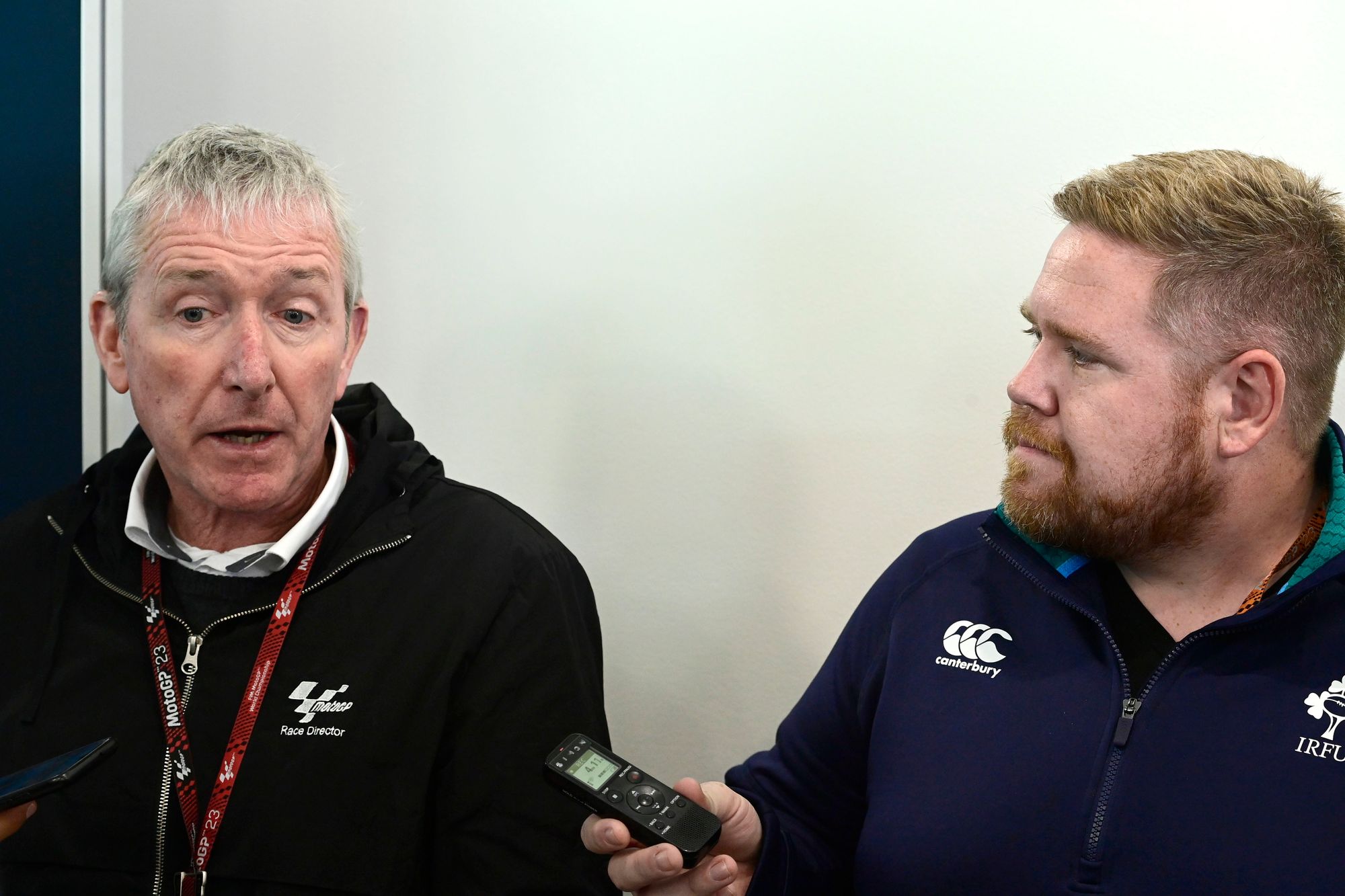
“There were lots of crashes that, to our mind, was due to tyres and grip, which is normal wet-weather racing.
“The first crash that we could clearly identify that was due to wind was Vietti’s. It was very obvious what it was. Talking to the riders later, there were a few others where they might say ‘well, I was blown off-line a little’ - but Vietti’s we could [definitively] pin on the wind.”
And while it might have brought the day’s actions to a premature end - with MotoGP machines only taking to the track for a brief 10-minute warm-up session before the Moto3 race - virtually all of the premier-class riders who spoke afterwards were in agreement that the decision made was the correct call.
“For me it’s always a lost occasion when we lose a race,” said reigning world champion Pecco Bagnaia afterwards. “This morning in the warm-up, it is true that I was struggling, but it was fixed for the race and I was prepared to fight for the top positions. But the balance to start the race was positive.
“This morning the situation was OK to ride, a bit on the limit but OK. During the Moto3 race it became worse and worse, and in Moto2 we saw 10 crashes in nine laps.
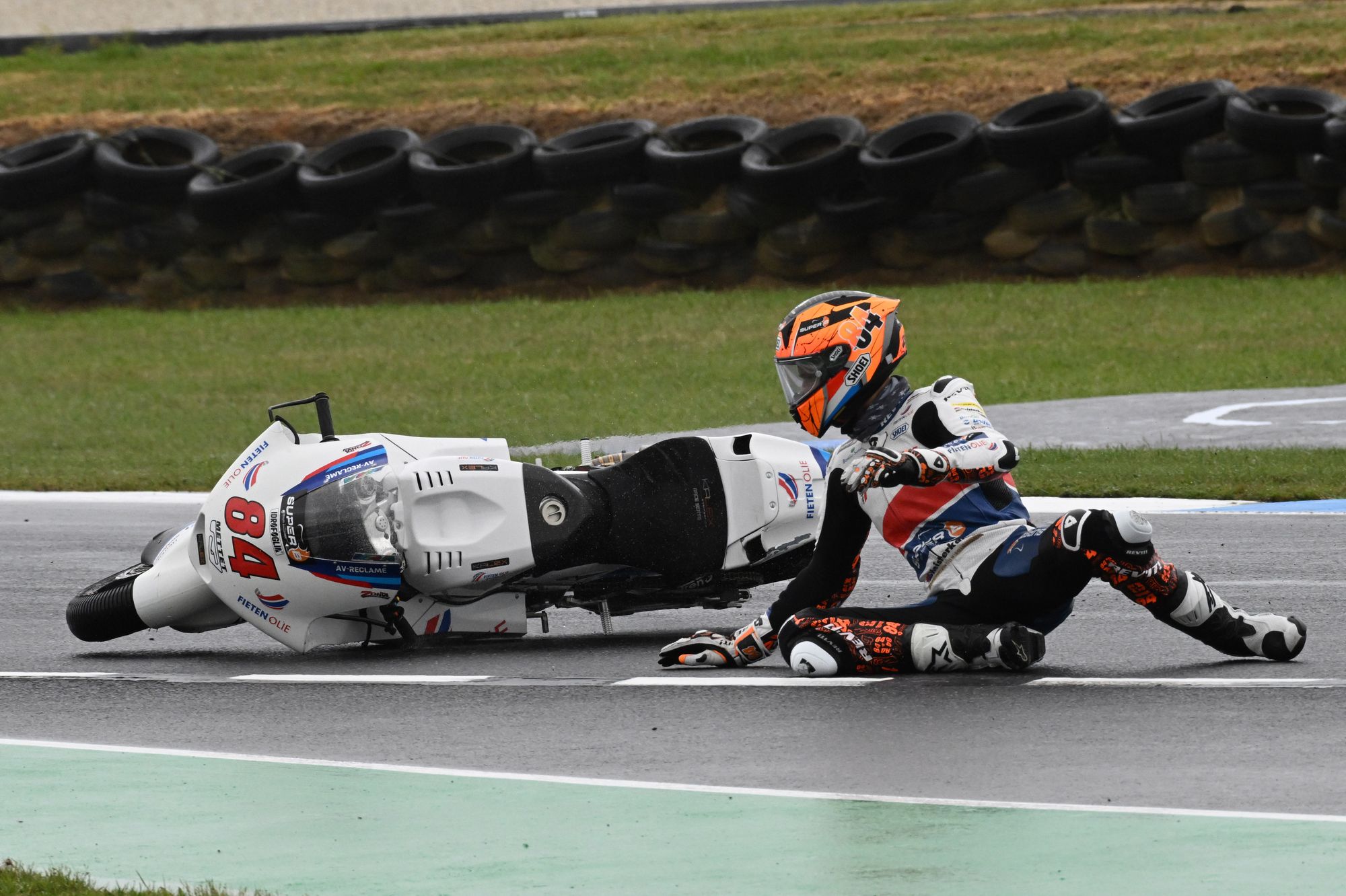
"Celestino was the last one and it was due to the wind in the first braking. We saw an umbrella in the middle of the track, so the wind was quite crazy!
“If the wind had been constant, it wouldn't be a big problem. The problem is the gusts that are very intense. Also, the straight is in a tunnel [of pit buildings and grandstands] and it finishes as you start to brake. On a MotoGP bike arriving at 330kph in the wet, it’s very dangerous, and for me the decision is the correct one.”
That sentiment was echoed by pretty much all his rivals, with fellow VR46 Academy racer Luca Marini equally unhappy with how things panned out but adamant that there was nothing more that could have been done to make things safer.
“I think that every time it’s difficult to take this kind of decision,” he added, “but sometimes it’s better to stay on the safe side. If you look at the wind, at the flags and the trees now, this wind is something crazy.
“Everyone knows that in this fast track it’s very difficult to arrive in Turn 1 braking, because where the track ends there is grass. It’s very easy for the wind to push you out, and then you are crashing at more than 300kph.
“It’s the correct decision for these conditions. Everyone knew at the beginning of the weekend this forecast for Sunday, and everyone was hoping it would change. But it didn’t, and we’ve tried everything to make the race and to anticipate the timing, but nature is something we cannot control.”

